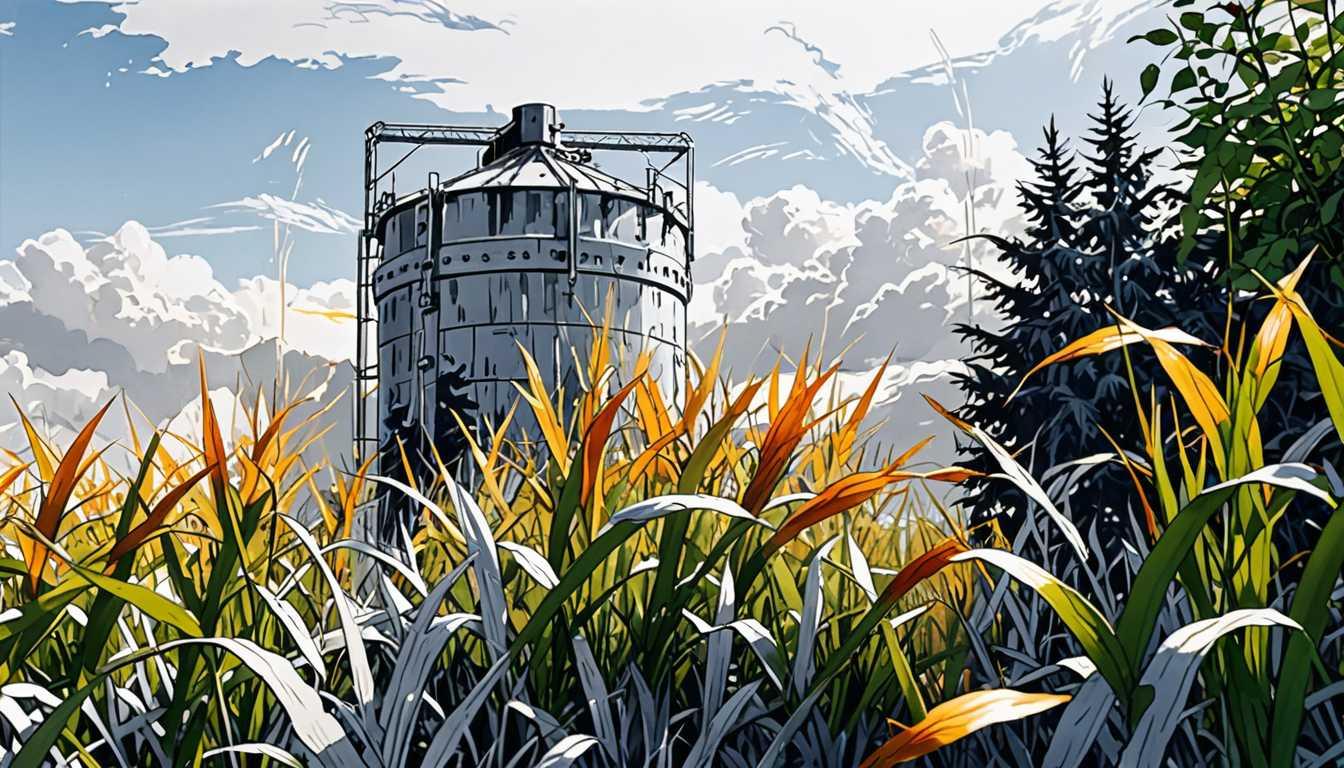Peat, Whisky, and Climate: A Smoky Affair
February 2025
JSTOR Daily
Introduction
Ever wondered why your favorite Scotch whisky tastes so smoky? Dive into "Why Peat Is a Key Ingredient in Whisky and the Climate Crisis" from JSTOR Daily! This article reveals the magic behind peat—it's not just a flavor, it’s a chemistry experiment in a glass! But here’s the twist: burning peat for whisky may not be so great for our planet. So grab a glass, kick back, and discover how this beloved drink is linked to climate challenges!
READ FULL ARTICLEWhy It Matters
Discover how this topic shapes your world and future
The Science Behind Smoky Sips
Understanding the relationship between peat and Scotch whisky is not just about enjoying a drink, it’s a fascinating intersection of chemistry, culture, and environmental science. Peat, formed from partially decayed plant material, plays a crucial role in creating the unique smoky flavor that many whisky lovers crave. However, the process of burning peat isn’t without its consequences. Peatlands, which cover only 3% of the Earth but store more carbon than all the world’s forests, are being degraded at alarming rates. As the whisky industry grapples with tradition versus sustainability, it raises important questions about how we can enjoy our favorite flavors while also protecting our planet. This topic connects to you as a student because it illustrates how everyday choices can impact global environmental issues, encouraging you to think critically about sustainability in all areas of life.
Speak like a Scholar
Phenols
A type of organic compound that can be found in plants and can affect flavor and aroma, especially in whisky.
Peatlands
Wet, marshy areas where peat accumulates over time, playing a vital role in carbon storage and biodiversity.
Carbon Sink
A natural system that absorbs more carbon dioxide from the atmosphere than it releases, helping to combat climate change.
Aromatic Hydrocarbons
Chemical compounds containing hydrogen and carbon that have distinct smells and can contribute to flavors in food and drinks.
Degradation
The process of deterioration or reduction in quality, often referring to environmental damage, like that of peatlands.
Sustainability
The practice of using resources in a way that meets current needs without compromising the ability of future generations to meet their own needs.
Independent Research Ideas
The Chemistry of Flavor Development
Investigate how different chemical compounds in peat affect the flavors of whisky and other beverages. This exploration can unveil the connections between chemistry and culinary arts.
Peatland Restoration Techniques
Research the methods being used to restore degraded peatlands and assess their effectiveness. This topic offers insights into environmental science and conservation practices.
Cultural Significance of Whisky
Analyze how whisky production shapes Scottish culture and identity while examining the balance between tradition and innovation in crafting flavors.
Impact of Climate Change on Peatlands
Study how climate change is affecting peatland ecosystems and the implications for carbon storage globally. This research could intersect environmental science and policy studies.
Alternative Flavoring Methods in Whisky
Explore emerging techniques in whisky production that seek to replace peat with sustainable flavoring alternatives. This could lead to interesting discussions on innovation in traditional industries.
Related Articles

Electrified Charcoal: A New CO2 Solution
June 2024
University of Cambridge

Revolutionizing Water: Detecting Nanoplastics Instantly
July 2024
McGill University

Land: The Key to Climate Success
November 2024
MIT News

Microplastics: A Global Journey Unveiled
May 2024
Cornell News Highlights

Turning Toxic Water Safe: A Simple Science Win
August 2022
University of California